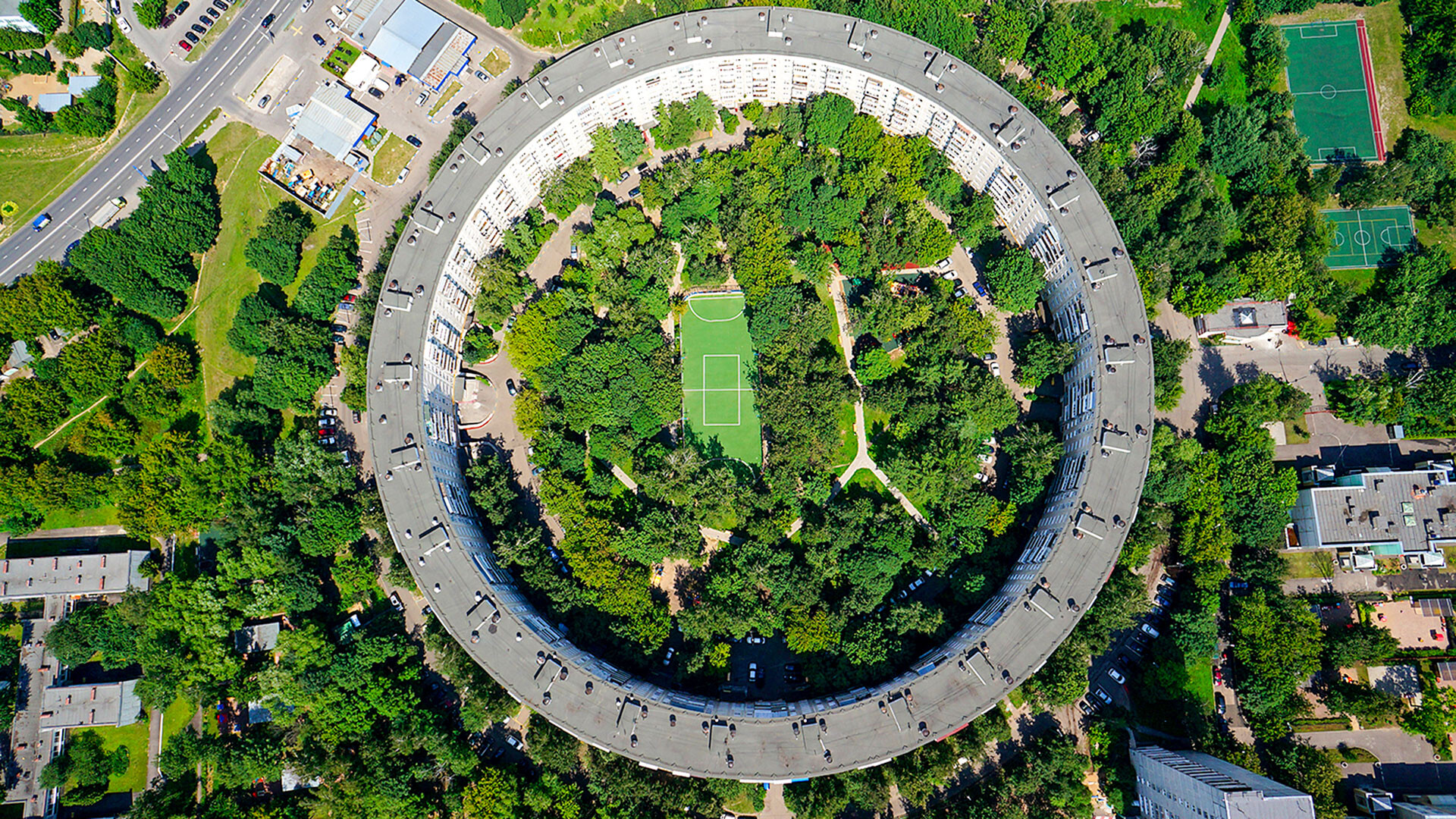
Experimentation with the circular form in Russia began before the 1917 Revolution. In the 1820s, the first residential “ring house” was built in St. Petersburg. The apartments in it were rented out.
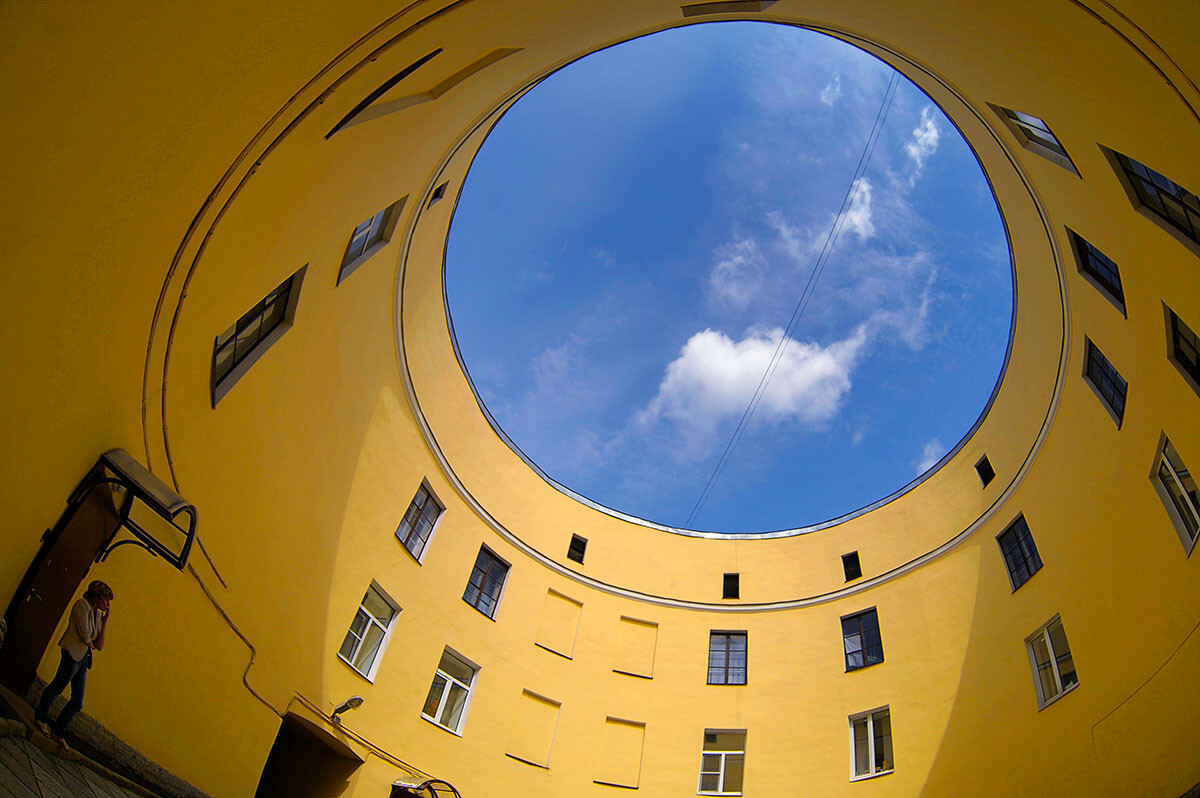
Widely known in Moscow is the avant-garde private house of architect Melnikov, built in the form of a cylinder in the late 1920s.
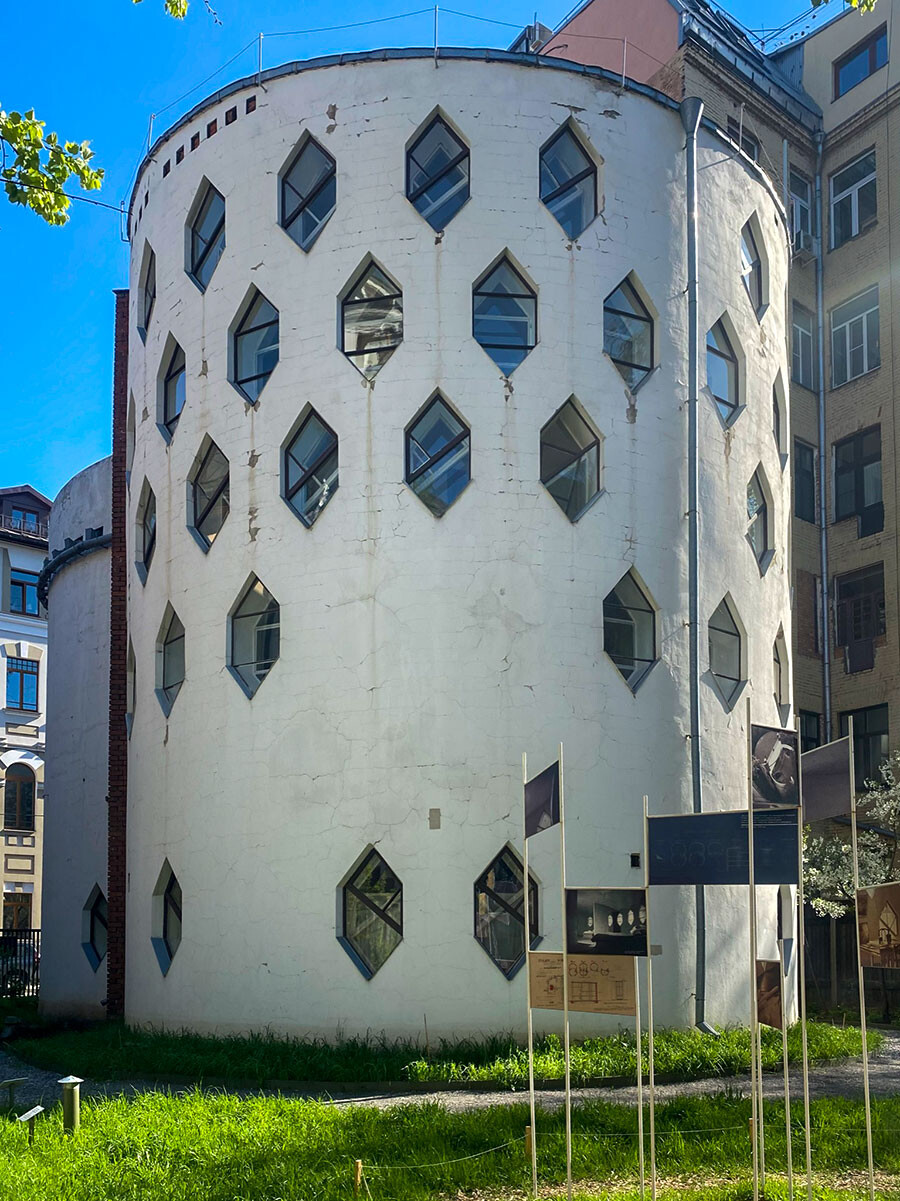
Circular forms became a favorite device of the constructivist architectural style - and were actively used in various buildings, from sanatoriums to opera houses. In the late 1920s, the Metallists’ Club was built in the southern city of Taganrog, whose outline resembled the head of a wrench.
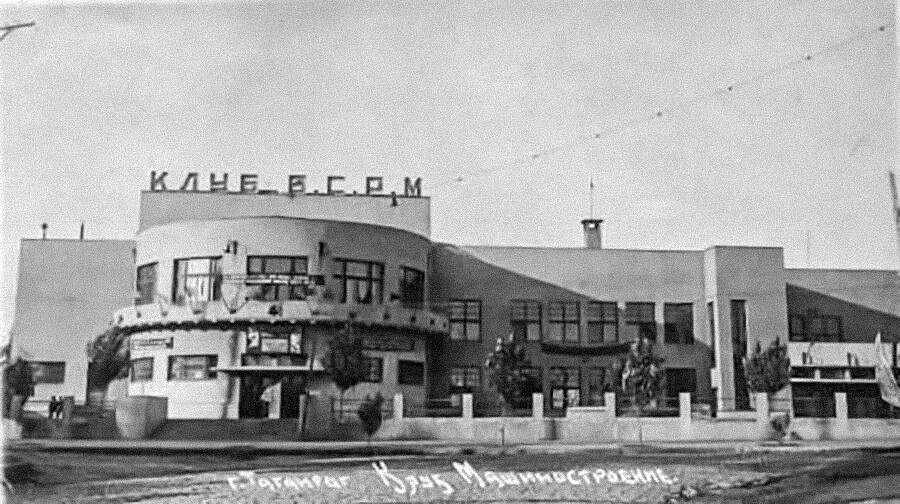
In 1932, a three-story C-shaped, or broken ring, house was also built in Taganrog. It is considered the first round living house in the USSR and its first tenants were workers from the ‘Krasny Kotelshchik’ (‘Red Boilermaker’) plant.
The architect isn’t known for sure. In Soviet times, it was believed that the author of the project was Mikhail Kondratyev, who built the zigzag ‘New Life’ residential complex in Rostov-on-Don. However, later, local historians began to lean towards the version that Ivan Taranov-Belozerov, who designed several Moscow metro stations, had a hand in the design.
‘Taganrog Round House’ or ‘Apartment House of Krasny Kotelshchik Plant Workers’ is how it was officially called and had 36 apartments. Initially, there were shared bathrooms for several families, but now everyone has their own bathroom. Interestingly, the “prestigious” house had no toilet - it stood separately. The sewage system and water supply were installed only 30 years later, in the 1960s.
The house has a cozy enclosed courtyard, where the doors of all the apartments go. On the second and third floors there are common balconies surrounding the circle of the house. On the 80th anniversary of the round house in October 2012, major repairs were carried out.
The round shape symbolized unity and communalism - ideal housing for a Soviet man, with everything in sight and shared balconies and courtyard. The materials used were as simple as possible, but the house was built reliably.
Of course, once such an unusual building appeared, many legends about it were born. According to one, the C-shaped building was only the first and there were plans to build three more buildings, which together would form the abbreviation ‘СССР’ (‘USSR’). According to another legend, stones from the nearby Archangel Michael Church, which had been destroyed by the Bolsheviks, were used to build the foundation of the house.
In the early 1930s, a residential Horseshoe House in constructivist style appeared in the city of Ivanovo. The house was built for state security officers (and KGB families). It was another experiment - it was believed that the semi-circular shape made the living space more compact, saved urban space and allowed more people to live in a limited area.
However, the experiments never gave impetus to the mass construction of such round buildings. As a result, in the 1950s and 1960s, the acute housing problem was solved by simpler constructions - the so-called ‘khrushchyovka’ - rectangular cuboid-shaped buildings.
However, experiments with rounded forms continued later. After the decision to hold the 1980 Olympics in Moscow, authorities wanted to really surprise guests with the peculiar infrastructure and build round houses again. More precisely - five houses that would resemble the Olympic rings when viewed from the air. The first two ring buildings, designed by architect Evgeny Stamo and engineer Alexander Markelov, appeared on Nezhinskaya and Dovzhenko streets in the 1970s. They were huge buildings with more than 900 apartments.
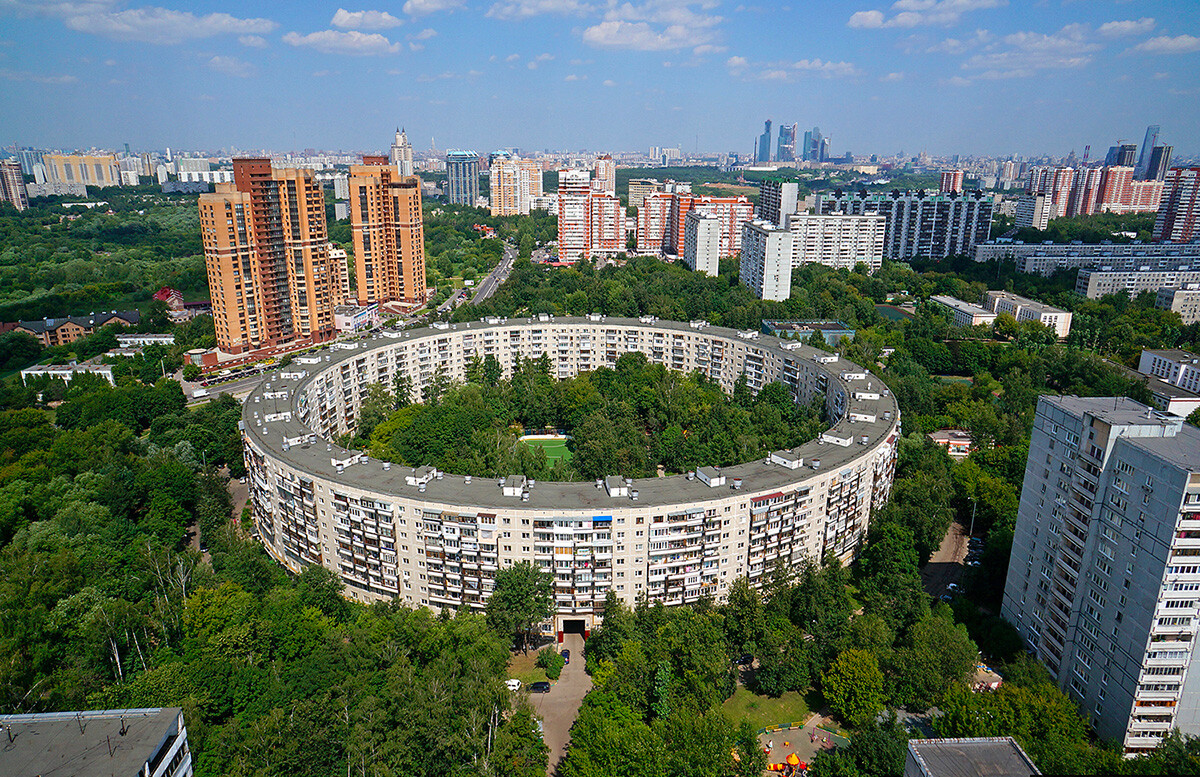
It turned out that it was extremely expensive and difficult to build such non-standard buildings. That’s why the ambitious plan came to a halt at two buildings.

Later, it also turned out that life in such a house had a lot of disadvantages - it was difficult to enter the courtyard, as one could only do it via the arches, plus there was not enough parking. Inside apartments that had windows overlooking the courtyard, it was often simply dark and, because of this, more money was spent on electricity. In addition, the lack of light caused dampness and mold to form. The apartments also didn’t have any right angles, making it hard to put up wallpaper or set up floor boarding, while standard Soviet furniture didn’t fit well in the unusual room shapes. To top it all off, the courtyard was like a big concrete well, creating a strong echo, even from a simple conversation.
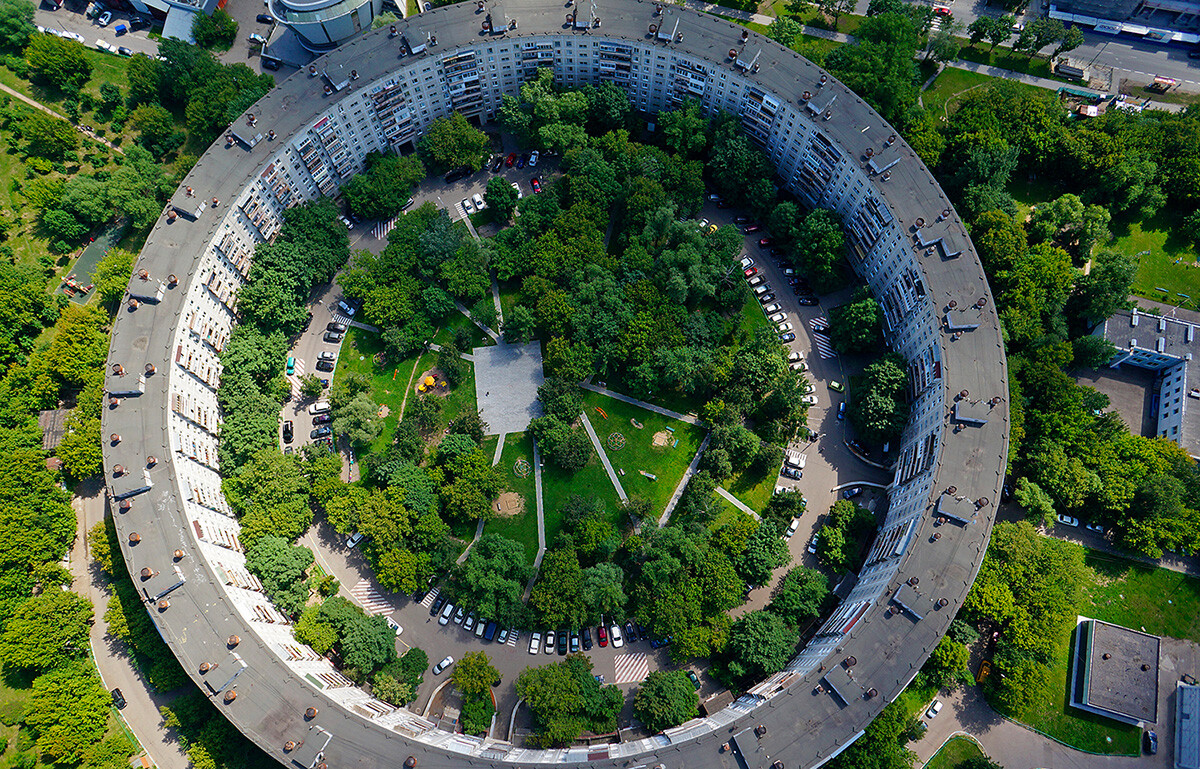
Dear readers,
Our website and social media accounts are under threat of being restricted or banned, due to the current circumstances. So, to keep up with our latest content, simply do the following:
If using any of Russia Beyond's content, partly or in full, always provide an active hyperlink to the original material.
Subscribe
to our newsletter!
Get the week's best stories straight to your inbox